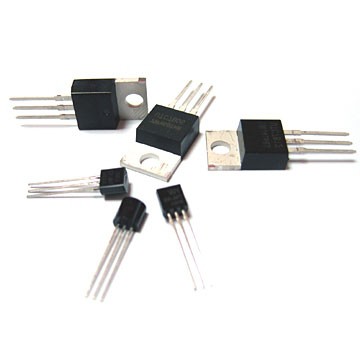Such a device as a relay-regulator incorporates three mandatory parts - a reverse current relay , a voltage regulator and a current limiter. There are three resistances in the device case itself. The case is attached to the electric machine with special paws with slots, inside of which shock absorbers are installed and there are holes for bolts. Through the steel tire of the upper paw, the device is connected to the machine. A rubber gasket is placed under a cover screwed with several screws. The case together with the cover is painted with enamel.
A voltage regulating relay is necessary to stabilize the voltage parameters at the generator terminals in the event of an increase in the number of armature revolutions and disconnection of consumers. Without such a relay, an increase in voltage can have negative consequences. With a small number of revolutions, the relay-controller does not come into operation at all.
The design of such a device as a relay-regulator is quite simple: a yoke, a core, a magnetizing winding, a magnetic shunt, an armature (vibrator), springs, pendants, an arm, tungsten contacts, an adjustment plate, screws for a plate and a terminal. The armature will be attracted to the core when current flows through its winding, but the spring will constantly hold the contacts in a normal, closed position. You can change the force with which the spring is stretched by bending the bracket. You can change the gap between the core and the anchor with the adjustment plate.

With increasing voltage at the terminals of the generator, the voltage in the field winding also rises. At a low speed of rotation of the armature, the contacts will be closed, since the magnetic flux generated by the current on the core winding will be too small. With an increase in the speed of the armature, the voltage at the clamps rises. This will increase the current in the winding. Along with an increase in current, the magnetic flux will increase. Under the influence of
magnetic flux, the anchor will be attracted to the core. The contacts will open and the circuit will break. When the voltage decreases, the contacts will close under the influence of the spring at the armature, and the resistance will turn off the circuit. This process is continuously accompanied by changes in the number of revolutions of the armature. Thus, the increase in voltage at the terminals with an increase in speed will be limited by the inclusion of resistance in the circuit.
Within the framework of this topic, it is necessary to mention such a device as a relay-regulator of a generator. By supplying the desired voltage value to such a part of the generator as the rotor, this relay sets the output parameters of the generator.
Such a device can have a very different design and a different principle of operation. It is important to note the presence or absence of brushes in such a relay. Also, modern devices called relay-regulators can change the battery charging voltage depending on the generator load, air temperature and humidity. In addition, they inform the engine control units of the parameters of the generator.
Monitoring the operation of the relay is carried out using a red warning lamp. It is included in the circuit after turning on the ignition.